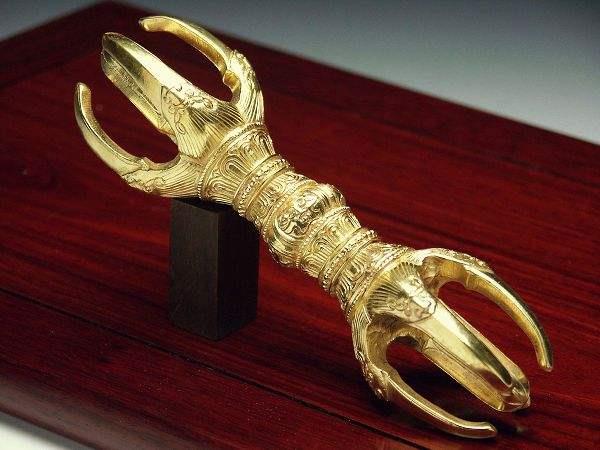Understanding Cobalt-Lithium Cycle Changes
cobalt, Lithium, as a branch of the non-ferrous metal industry, its share price is mainly driven by product prices, while the price of non-ferrous metals is determined by macroeconomic and industry fundamentals.
Large fluctuations in the stock market are usually caused by large fluctuations in product prices. However, product price fluctuations are mainly determined by supply and demand, and sudden changes in supply and demand tend to cause large fluctuations in price trends.
Therefore, the core of analyzing investment opportunities in non-ferrous stocks lies in predicting changes in supply and demand in the industry. Let's take a look at the changes in the cobalt-lithium cycle.
Global cobalt mine capacity is about 184,100 tons, with 20,800 tons under construction. Total production in 2018 was 121,0100 tons. According to the cost model, at the current price of $7.20 per pound, there is a capacity of 54,800 tons (accounting for 30 percent of total capacity) is already running a deficit. In the former Democratic Republic of Congo, 60,000 tons of hand-held mineral capacity per year was about $9 per pound, or $255,600 per ton.
144,000 tons of cobalt can be expected to be produced in 2019, of which 428 tons (plus 0.06 tons), accounting for about 30% of total global production. On the consumer side, battery materials account for 52% of the global cobalt demand structure, of which 27% is 3C Cobalt demand for lithium-ion batteries, 25 percent of cobalt demand for power and energy storage lithium-ion batteries. The structure of China's cobalt demand is different from the global market, where battery materials account for 82 percent.

Kaishi's current main products are electrowinning cobalt (design annual production capacity of 3,000 tons), as well as cobalt chloride, cobalt sulfate, nickel sulfate, lithium carbonate and other products, of which the scale and production capacity of electrowinning cobalt ranks among the top three in China. The real strategy is to build a global new energy industry ecosystem such as new energy power batteries, 3C batteries and energy storage batteries, and to provide new materials with good magnetothermal properties for high-tech fields such as electronic chips, rocket engines, and missile components. Dedicated to the development and application of new energy and new material technology, welcome to contact us!

